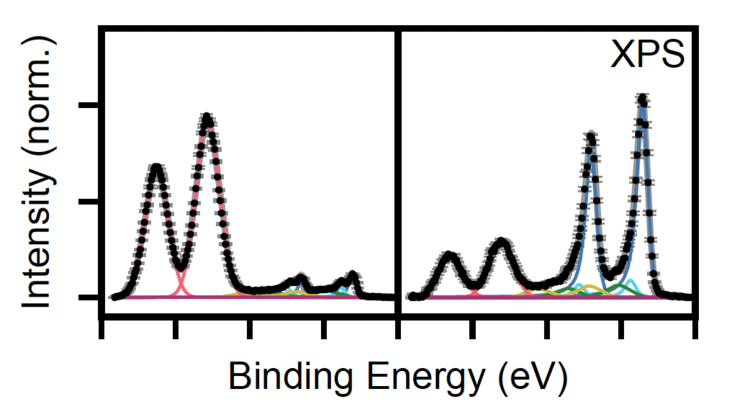
Chemical profiles of the oxides on tantalum in state of the art superconducting circuits
Type
Over the past decades, superconducting qubits have emerged as one of the leading hardware platforms for realizing a quantum processor. Consequently, researchers have made significant effort to understand the loss channels that limit the coherence times of superconducting qubits. A major source of loss has been attributed to two level systems that are present at the material interfaces. We recently showed that replacing the metal in the capacitor of a transmon with tantalum yields record relaxation and coherence times for superconducting qubits, motivating a detailed study of the tantalum surface. In this work, we study the chemical profile of the surface of tantalum films grown on c-plane sapphire using variable energy X-ray photoelectron spectroscopy (VEXPS). We identify the different oxidation states of tantalum that are present in the native oxide resulting from exposure to air, and we measure their distribution through the depth of the film. Furthermore, we show how the volume and depth distribution of these tantalum oxidation states can be altered by various chemical treatments. By correlating these measurements with detailed measurements of quantum devices, we can improve our understanding of the microscopic device losses.

